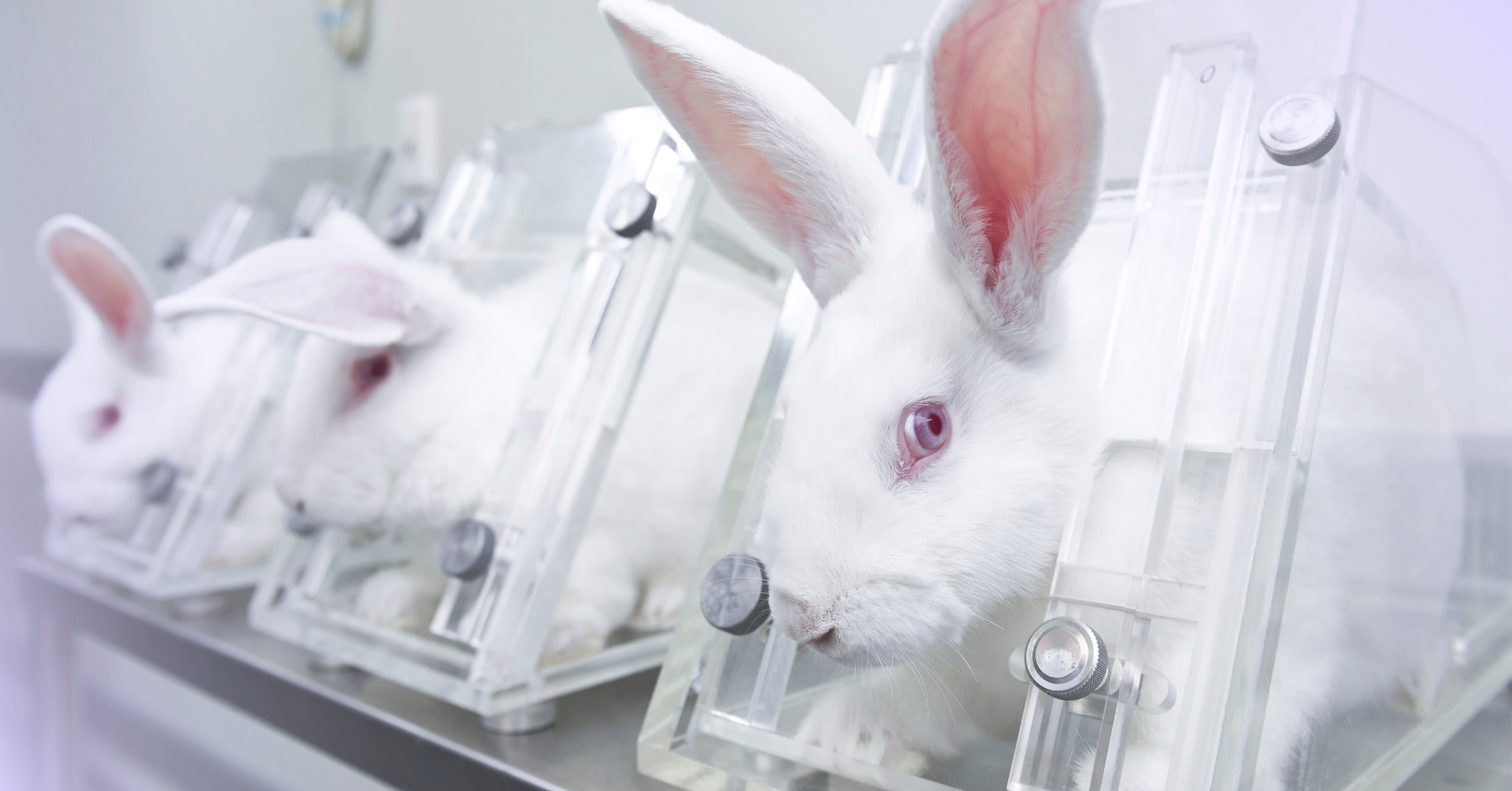
September is Animal Pain Awareness Month, a proclamation and annual campaign propelled by a subset of veterinarians who recognize that animals experience pain “very much like humans” do and seek to encourage “awareness about pain and pain management as it pertains to veterinary patients”.
Though often excepted from such discourse, “veterinary patients” exist inside research facilities, too.
In fact, at regulated research facilities within the U.S., veterinarians are charged with overseeing animal care and setting standards for recognizing and addressing animal pain.* Unfortunately, though, they – like their colleagues practicing veterinary medicine outside of laboratories – are not the experts on other-than-human pain that most of us assume they are:
- Veterinarians were educated primarily by veterinary schools that “spend less than 10 hours teaching about pain….’”
- Veterinarians are part of an industry with a documented history of, at best, paying “inconsistent attention to animal pain”.
- Veterinarians concede that “[d]ifferent species and different individuals may show pain differently….” and acknowledge that other-than-human “‘animals often hide their pain, making it difficult for [humans] to know when something is wrong’”.
Veterinarians admit that “it is virtually impossible to quantify with any precision how much pain and suffering [animals in laboratories] experience.”
Yet, the only welfare regulations affecting animal experimentation rely directly on the ability of veterinarians to recognize and quantify such pain.
The Animal Welfare Act requires research facilities to record the number of animals** who have been subjected to “painful research projects” in the preceding year. To do this, research teams (including veterinarians) themselves decide whether the pain they inflict upon animals in any given experiment is more than “minor” or “momentary” and whether their animal subjects should, given the requisite (human) “scientific” interests, receive painkillers. That’s right – research teams can legally decide to withhold pain relief entirely even when they concede that doing so results in significant and lasting pain and/or distress.
Research teams can also legally denote that they fully treated animal pain when they did not. For example, long-time laboratory veterinarian Larry Carbone shares that researchers can claim to have provided “appropriate” pain relief to animals who were anesthetized for experimental surgeries even if these same animals did not receive any treatment for pain after they awoke from anesthesia.
But, of course, the foregoing assumes that research teams are even willing to concede the presence of pain at all, something they often refuse to do . . .
. . . and do without consequence, for, as Carbone explains, the U.S. regulatory system remains “essentially powerless to do anything about intentional underestimates of pain or underestimates resulting from systematic biases.”
Researchers are, in fact, incentivized to deny or underestimate pain for many reasons, including:
- the administrative (e.g., an experiment identified as causing pain may require greater scientific justification);
- the financial (e.g., pain, once acknowledged, may require expensive treatment);
- the regulatory (e.g., researchers must consider non-animal “alternatives” only for procedures acknowledged to cause pain);
- the practical (e.g., acknowledged pain must be managed, and this can be labor-intensive); and
- the political (e.g., the acknowledgement of pain serves as an implicit admission that the experiment is inherently painful).
If the amelioration of animal pain is truly the goal of Animal Pain Awareness Month, advocacy must pierce laboratory walls behind which pain is caused, ignored, and denied by researchers and veterinarians alike.
Scientists and veterinarians are partners in the modern animal research industry, individually and jointly denying, discounting, and downplaying the pain experienced by other-than-human research subjects. They are either incapable of identifying it, or willfully ignorant of it, or flat-out lying about it, or all of the above; and the consequences are borne only by their other-than-human victims.
Join us in extending the discussion of animal pain to the millions of other-than-human animals who have suffered, continue to suffer, and will suffer in U.S. laboratories.
* Though pain is both physical and psychological, applicable regulations address only physical pain; and this itself presents an insurmountable hurdle to the achievement of meaningful animal welfare. As former primate researcher John Gluck observes: “ . . . limiting the evaluation of harm to only those events that constitute the direct manipulation phase of an experiment misses half the point. Assessing the degree of pain and distress at these times is certainly essential, but it is only part, perhaps even a small part, of a large network of harms that are mostly ignored.”
** Research teams are only required to consider pain for animals covered by the Animal Welfare Act, which is to say that research teams must consider pain for less than 5% of the animals they subject to experimentation. To the remaining 95-99%, research teams can do anything, for any reason, and without any consideration for the pain thereby inflicted.